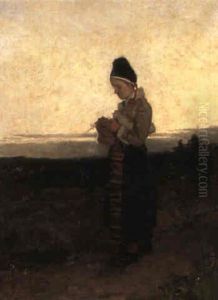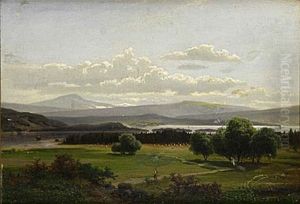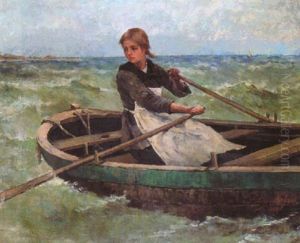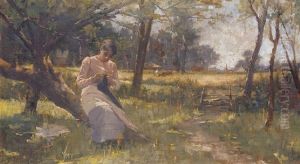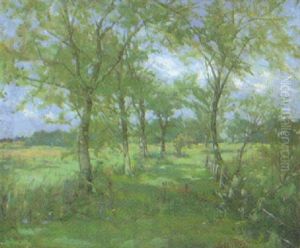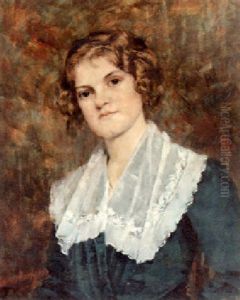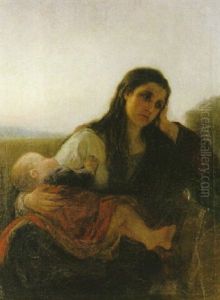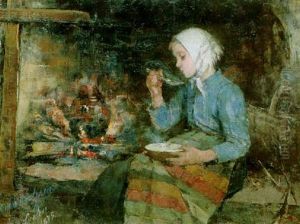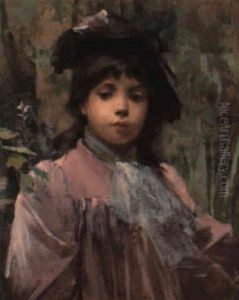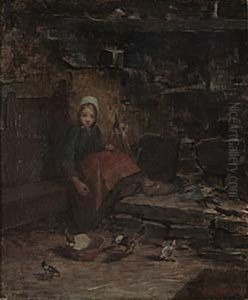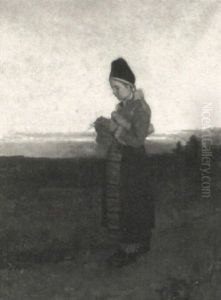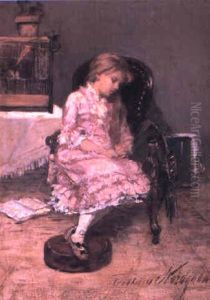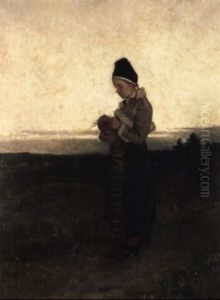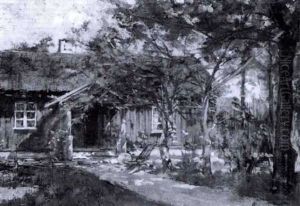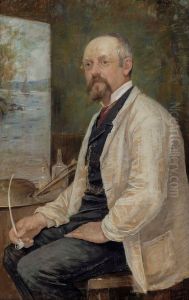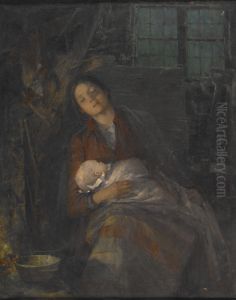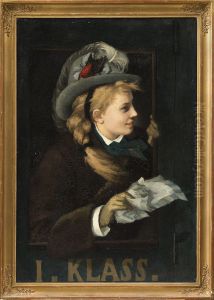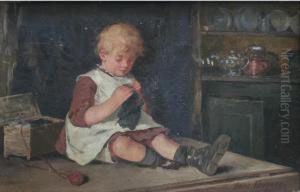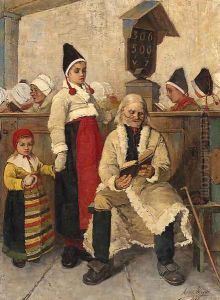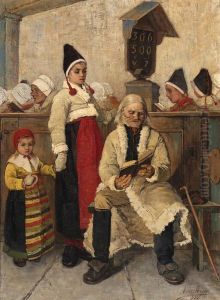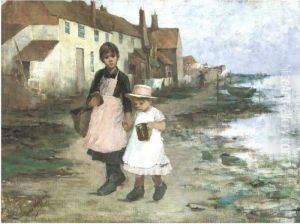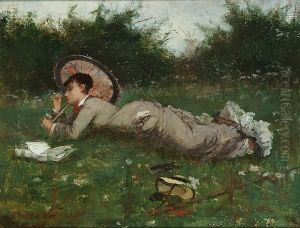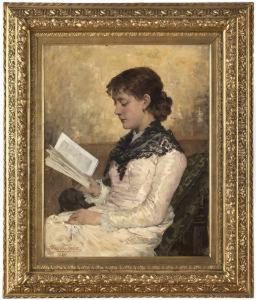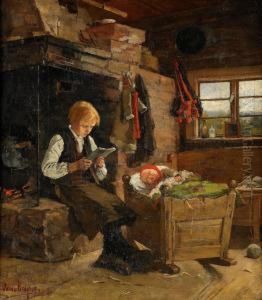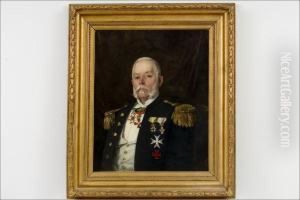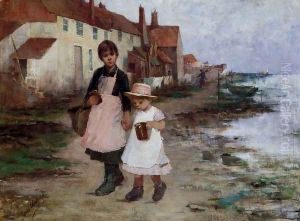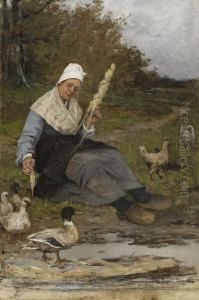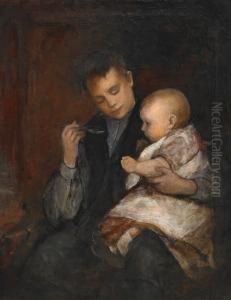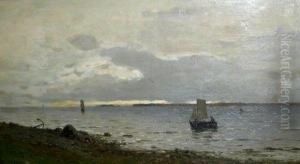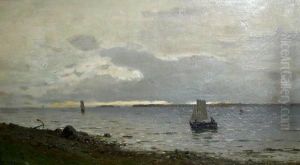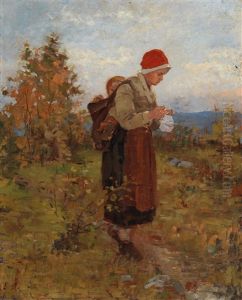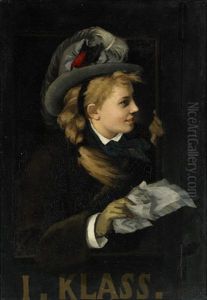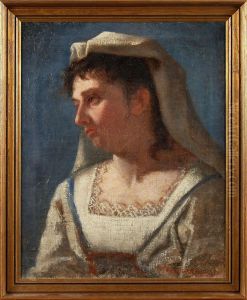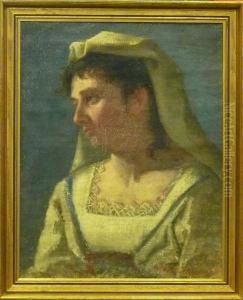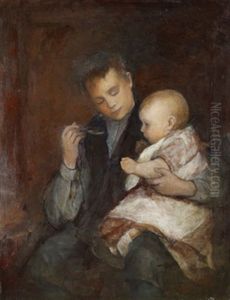Anna Nordgren Paintings
Anna Nordgren was a Swedish painter born in 1847, in a period when the opportunities for women to receive formal education in arts were extremely limited. Despite the societal constraints of her time, Nordgren managed to carve out a space for herself in the art world, a testament to her talent and determination. She embarked on her artistic journey at the Royal Swedish Academy of Fine Arts, one of the few women to do so in the mid-19th century. Her time at the Academy was crucial, providing her with a foundation in drawing, painting, and artistic theory, which she would build upon throughout her career.
Nordgren's work is characterized by its sensitivity and attention to detail, qualities that earned her recognition in the Swedish art scene. She is noted for her portraits and landscapes, mediums through which she explored the nuanced interplay of light and shadow. Her ability to capture the essence of her subjects with both realism and empathy speaks to her profound skill as an artist.
After her studies, Nordgren traveled extensively, a common practice among artists of her time who sought inspiration and knowledge abroad. Her travels took her to various parts of Europe, including France and Italy, where she was exposed to new artistic movements and techniques. These experiences enriched her work, allowing her to integrate a broader range of influences and styles into her painting.
Despite her talent and the acclaim she received, Anna Nordgren's career was constrained by the gender norms of her era. Women artists were often marginalized, their work overlooked in favor of their male counterparts. However, Nordgren persisted, contributing significantly to the Swedish art scene and paving the way for future generations of women artists.
Anna Nordgren passed away in 1916, leaving behind a legacy that has been re-evaluated and celebrated in more recent years. Her contributions to art are now recognized not just for their aesthetic value but also for the barriers they broke down. Today, she is remembered as a pioneering figure in Swedish art, a woman who, against the odds, made her mark in a male-dominated field.
